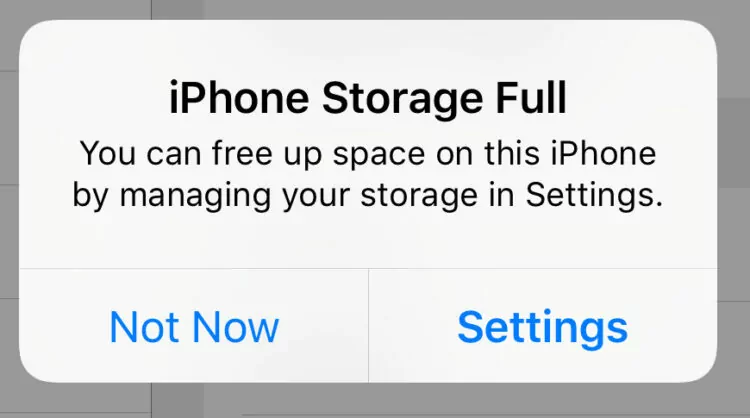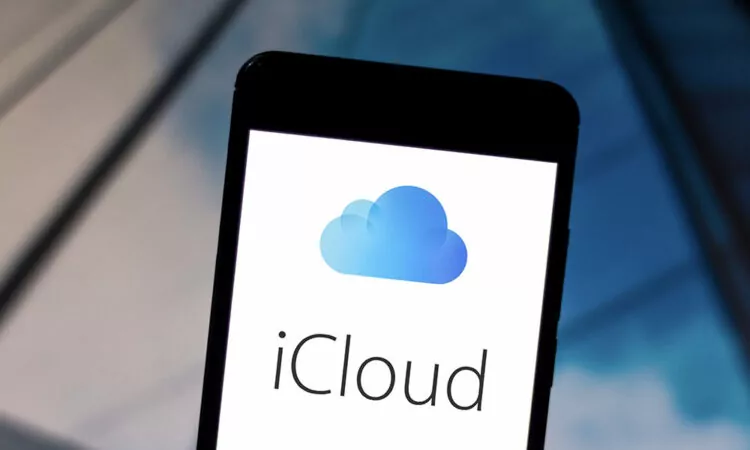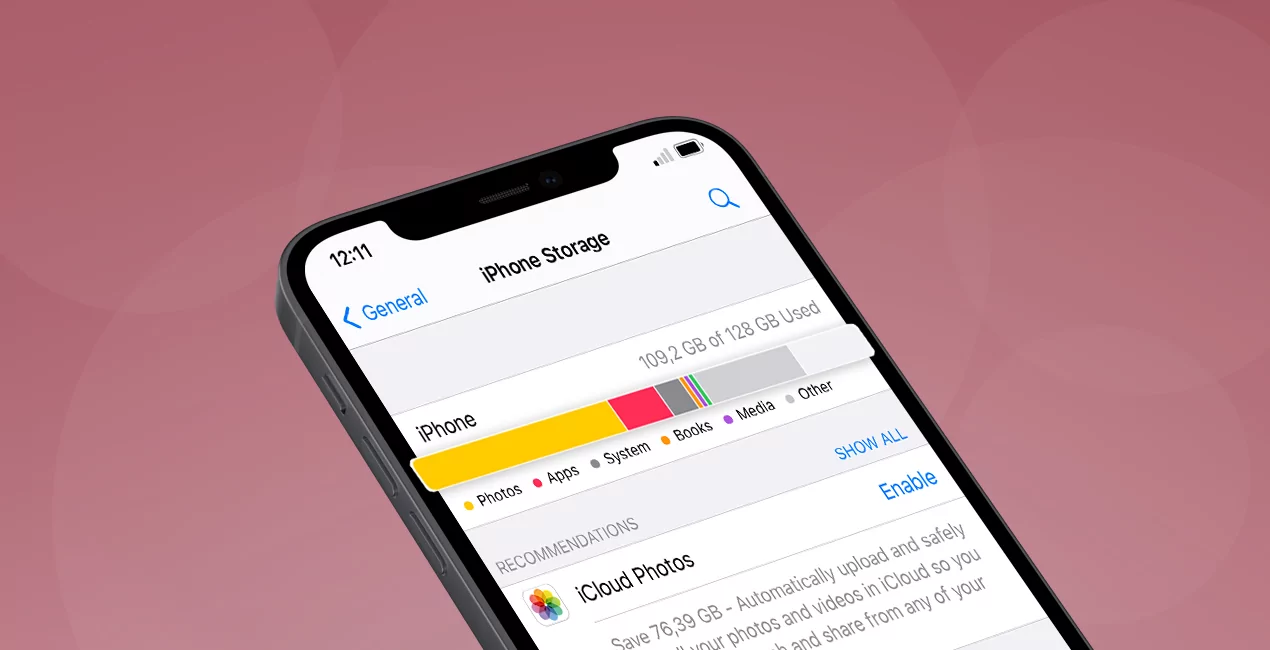We’ve all been there—your iPhone flashes a warning that your storage is almost full, and you’re left wondering what to delete to make room for new photos or essential updates. In this article, we’ll explore how to optimize iPhone storage, ensuring that your device runs smoothly while you stay connected to what matters most. We’ll cover everything from understanding what “optimize” means to diving deep into cloud storage options and pricing.
Understanding iPhone Storage

What Does “Optimize iPhone Storage” Mean?
The term “optimize” often gets thrown around, but what does it mean in the context of iPhone storage? To optimize is to make the best or most effective use of a resource—in this case, your iPhone’s storage space. Optimizing your storage ensures that your device runs efficiently, allowing you to install essential updates, capture new memories, and enjoy a seamless user experience.
Common Issues with iPhone Storage
When it comes to iPhone storage, several common issues can arise:
- System Data Overload: Sometimes, the “System” category takes up an inexplicably large amount of storage, leaving users puzzled.
- Update Dilemmas: Lack of storage can prevent you from installing important system or app updates.
- Media Mayhem: Photos and videos can quickly consume your available storage, especially if you’re fond of capturing high-resolution content.
Understanding these issues is the first step in learning how to optimize iPhone storage effectively.
Basic Steps to Free Up Storage on iPhone

Before diving into advanced techniques, let’s start with some basic steps to free up space on your iPhone:
- Delete Unused Apps: Go through your app list and uninstall those you rarely use.
- Clear Safari Cache: Open Settings > Safari > Clear History and Website Data to free up some quick space.
- Manage Media Files: Regularly transfer photos and videos to your computer or delete those you don’t need.
Understanding Cloud Storage on iPhone
Cloud storage is a technology that allows you to save data on remote servers instead of your device’s internal storage. For iPhone users, iCloud is the primary cloud storage solution. It seamlessly integrates with your device, allowing you to store photos, documents, and more in the cloud. This is a crucial aspect of how to optimize iPhone storage, as it enables you to offload data from your device, freeing up valuable space.
iCloud Storage Options for iPhone
iCloud offers a range of storage plans to suit different needs:
- 5GB Free Plan: Every Apple ID comes with 5GB of free iCloud storage.
- 50GB Plan: Priced at $0.99/month, this plan is suitable for individual users.
- 200GB Plan: At $2.99/month, this plan can be shared with family and offers ample space for most users.
- 2TB Plan: For $9.99/month, this plan offers abundant storage and can also be shared with family.
Choosing the right iCloud storage plan is an essential step to optimize iPhone storage effectively.
Storage Optimization Settings for iPhone

iCloud Photo Library and iCloud Drive
One of the best ways to optimize iPhone storage is by utilizing iCloud Photo Library and iCloud Drive. These features automatically upload your photos, videos, and documents to iCloud, making them accessible from any Apple device. The beauty of this system is that it stores the full-resolution files in the cloud while keeping only smaller, optimized versions on your device. This can free up a significant amount of space without sacrificing access to your important files.
You can learn more about managing your iCloud in our guide here to get the most out of your cloud storage.
Offload Unused Apps for More iPhone Storage
Another feature that can help you optimize iPhone storage is “Offload Unused Apps.” This feature is available under Settings > General > iPhone Storage. When enabled, your iPhone will automatically remove apps that you don’t use frequently but will keep their data. This means you can reinstall the app later and pick up right where you left off.
Backup and Restore
Sometimes, the best way to free up space is to start fresh. Backing up your iPhone to iCloud or a computer and then restoring it can often solve persistent storage issues. This process removes any clutter, like cached files and old data, that might be secretly hogging your storage. However, make sure to backup important data before taking this step.
While iCloud and iTunes offer standard backup and restore options, sometimes you might need a more comprehensive solution for managing your iPhone’s data. That’s where third-party tools like Wondershare’s Dr.Fone come in handy.
Dr.Fone allows you to recover, transfer, and manage your phone data with ease, offering a one-stop solution for all your iPhone storage needs. Whether you’ve lost important files or simply want to transfer data between devices seamlessly, Dr.Fone has got you covered.
Managing Messages and Attachments
Text messages and their attachments can also take up a surprising amount of space. To manage this, go to Settings > Messages > Keep Messages and select a time frame for message deletion, like 30 days. You can also manually delete old conversations and media attachments to free up more space.
Third-Party Cloud Storage Options
While iCloud is the go-to for most iPhone users, third-party cloud storage services like Google Drive and Dropbox can also be useful to optimize your iPhone storage. These platforms offer free storage tiers and can be accessed via their respective apps, allowing you to offload files from your iPhone. However, they don’t integrate as seamlessly with the iOS ecosystem as iCloud does.
Final Tips and Tricks
- Regularly Check iPhone Storage: Go to Settings > General > [Device] Storage to see a breakdown of what’s taking up space on your iPhone.
- Use the ‘Optimize Storage’ Feature for Music and TV Shows: This feature will remove downloaded media that you haven’t played in a while.
- Delete Old Voicemails and Call History: These can add up over time and are often overlooked.
Optimizing your iPhone’s storage might seem like a daunting task, but with the right techniques and settings, it’s easier than you think. From understanding iCloud storage options to utilizing advanced features like “Offload Unused Apps,” there are numerous ways to ensure your iPhone runs smoothly. So, the next time you find yourself wondering how to optimize iPhone storage, refer back to this comprehensive guide for all the tips and tricks you’ll need.


